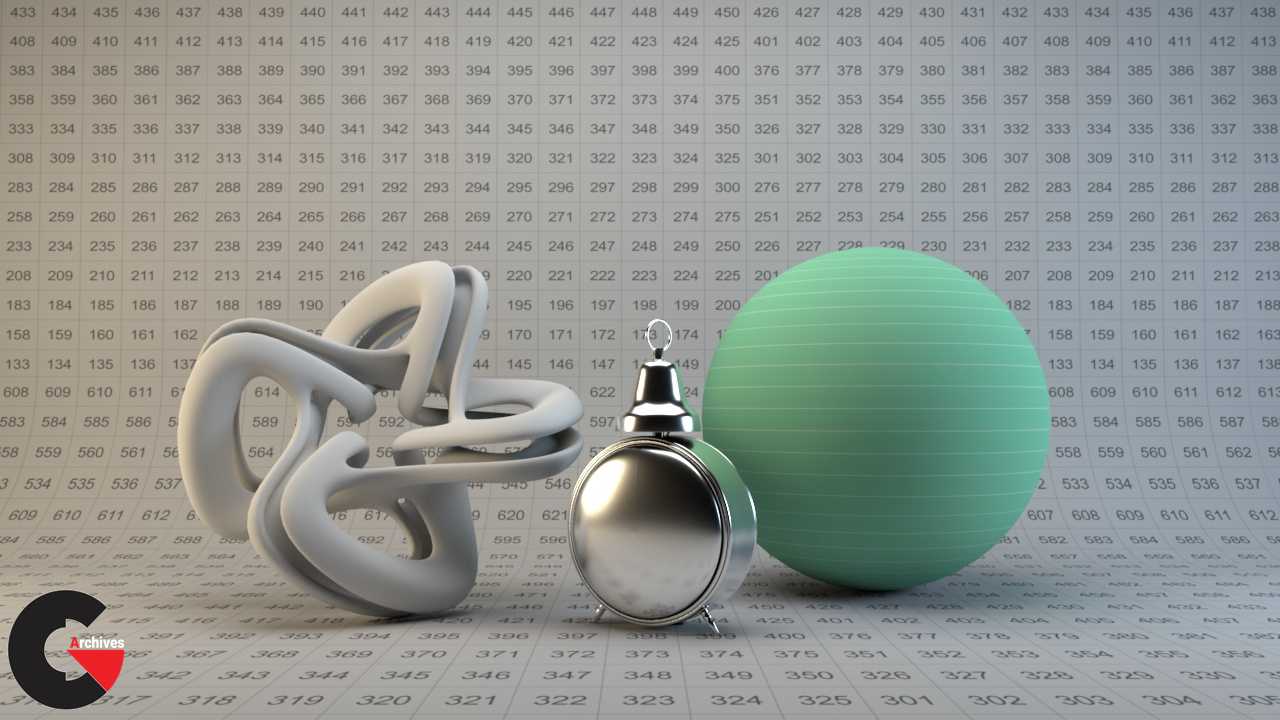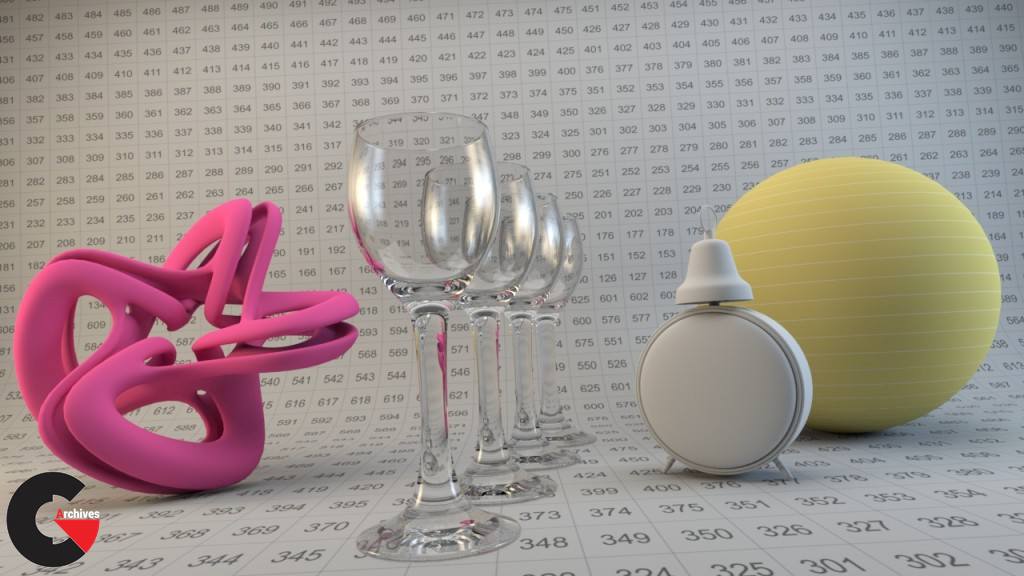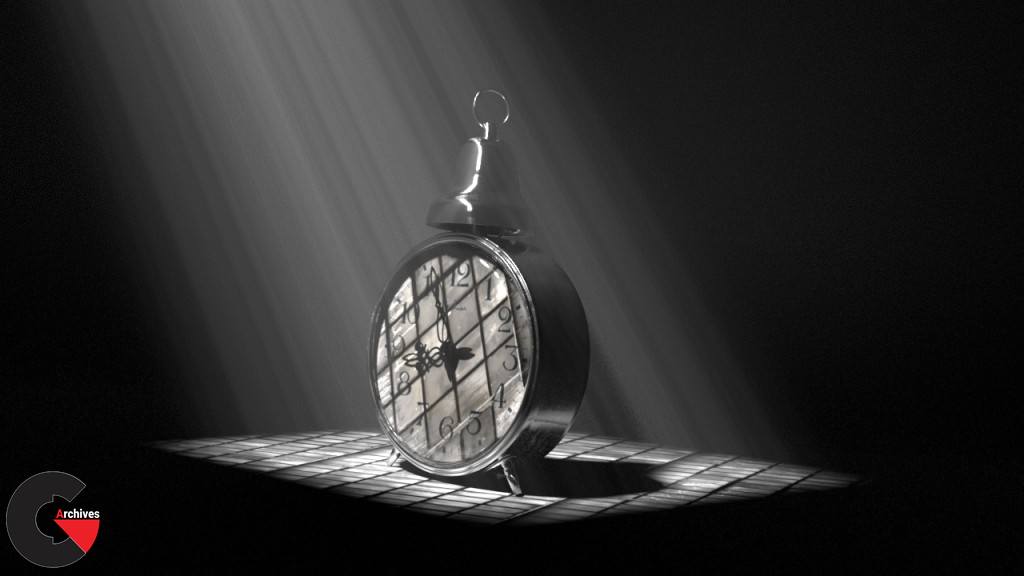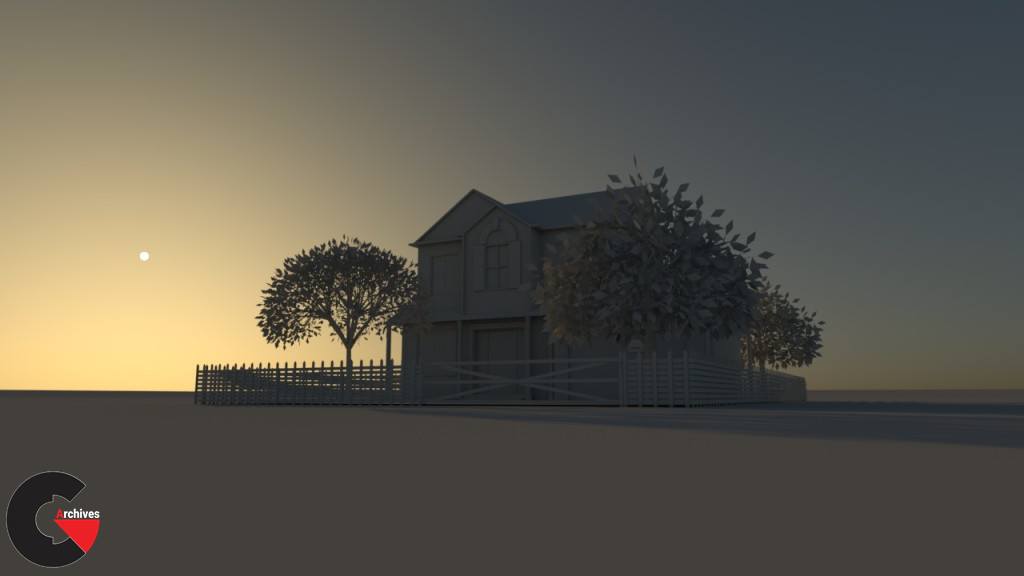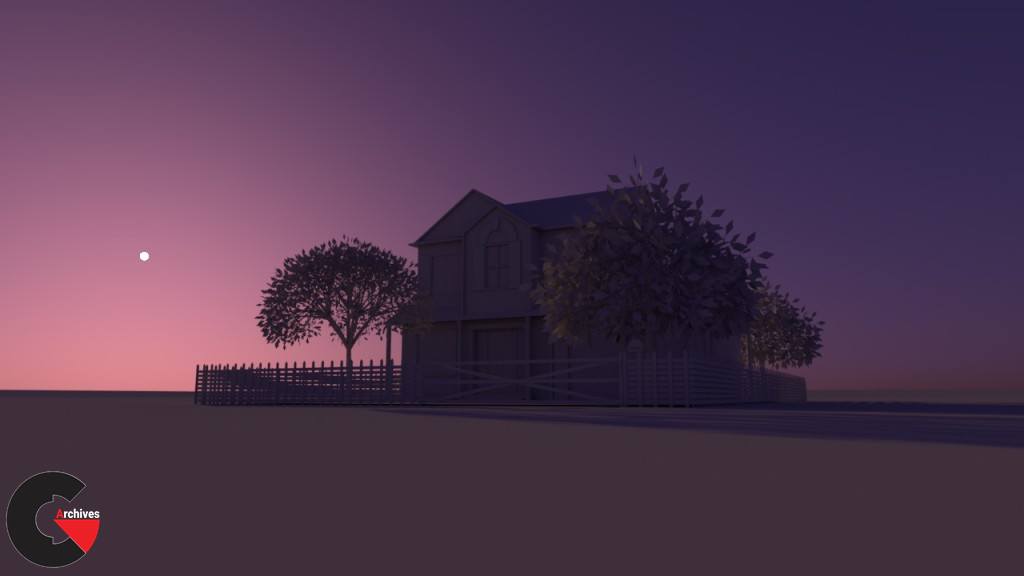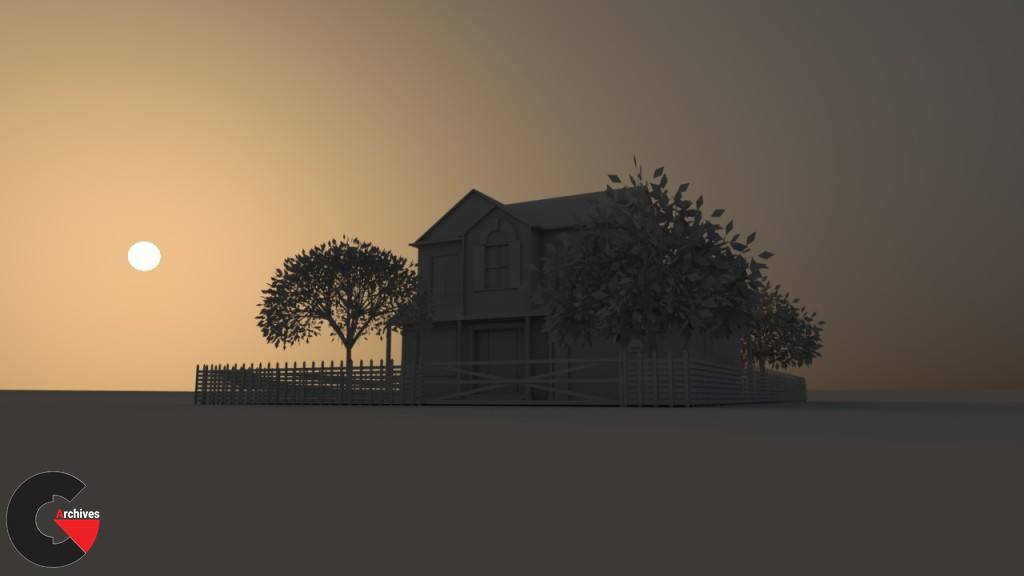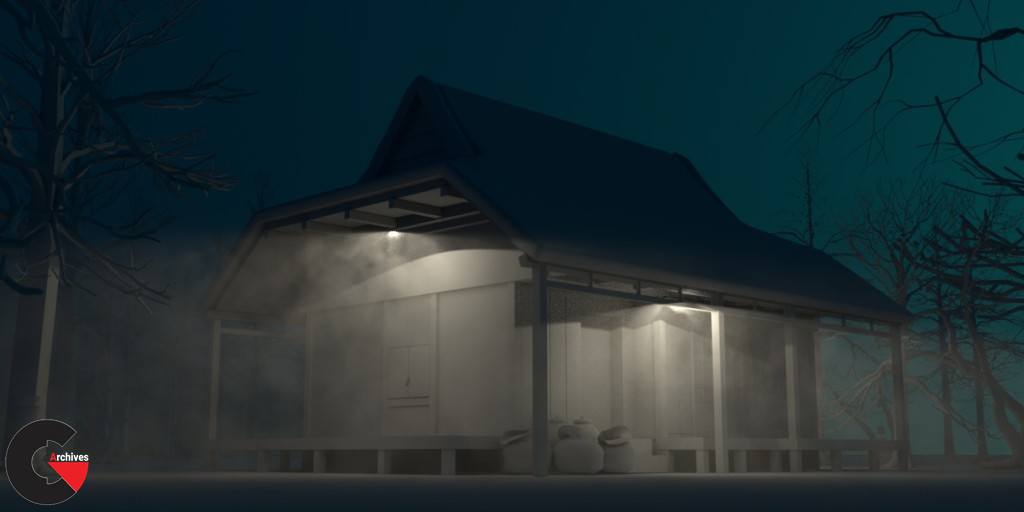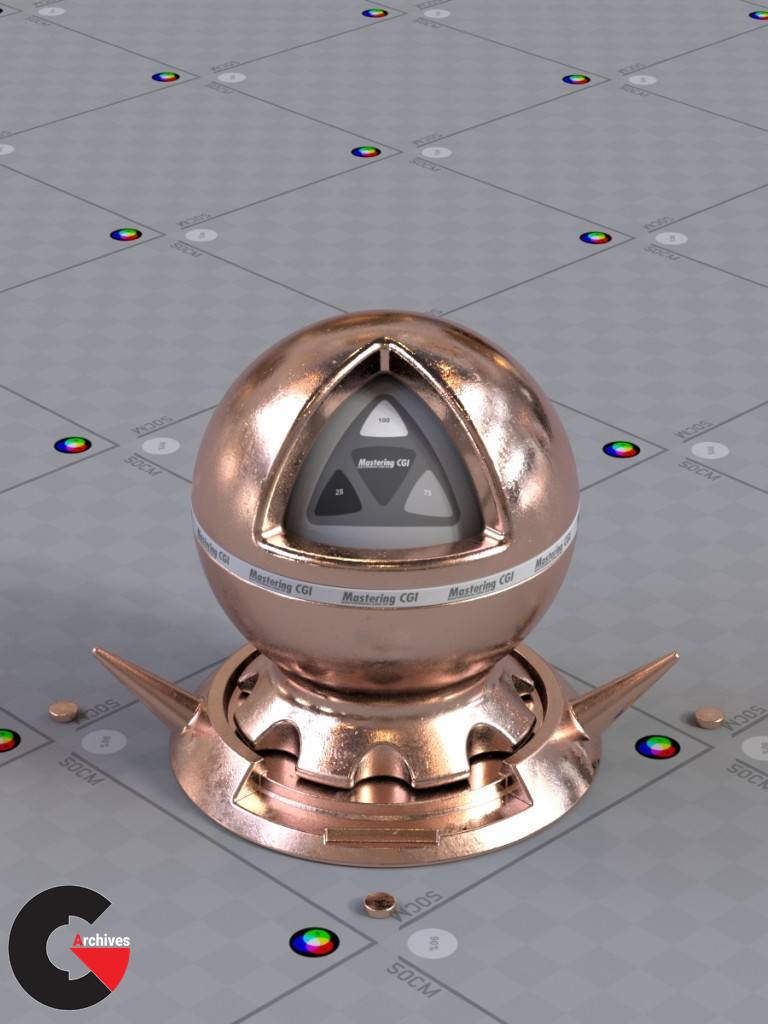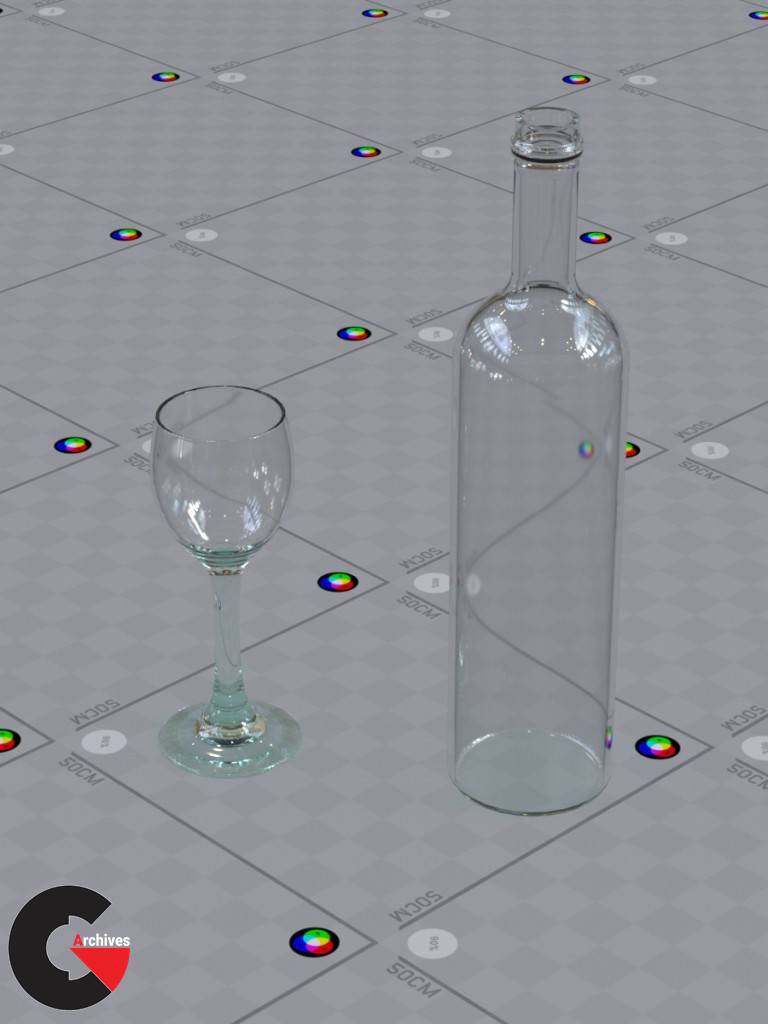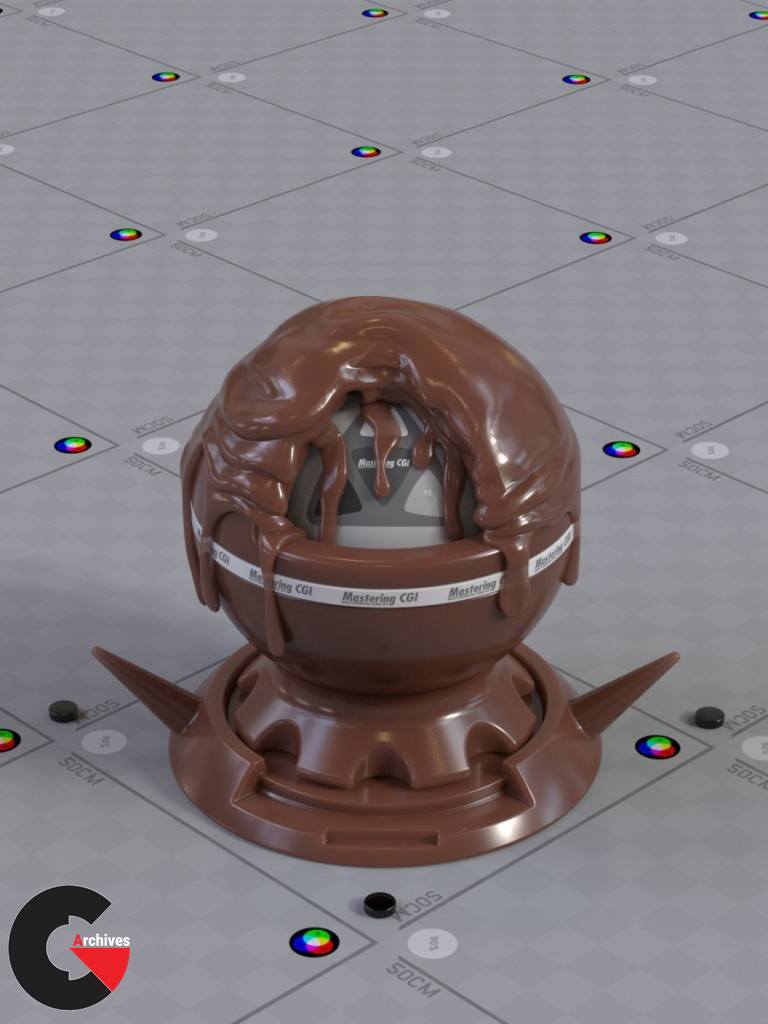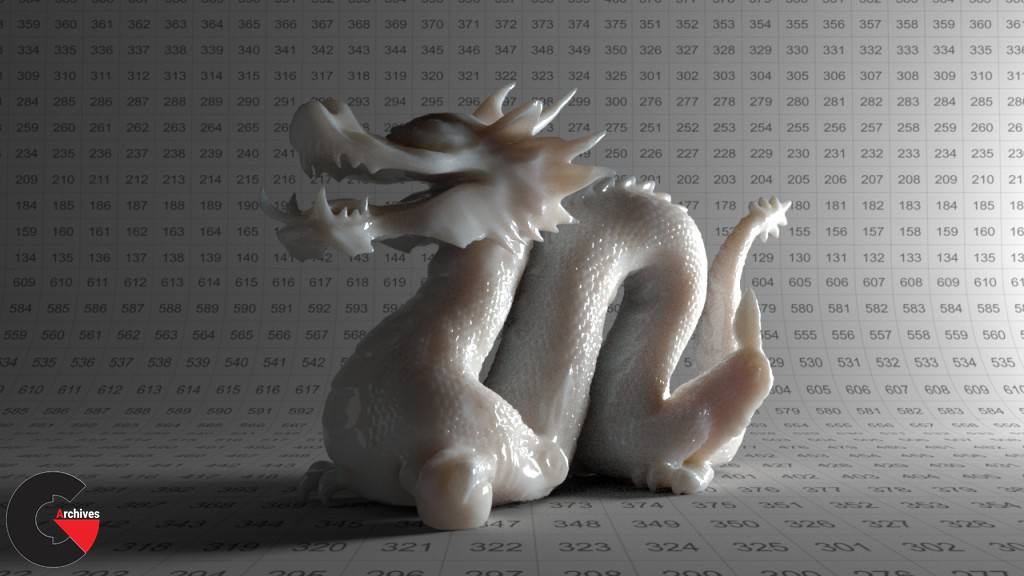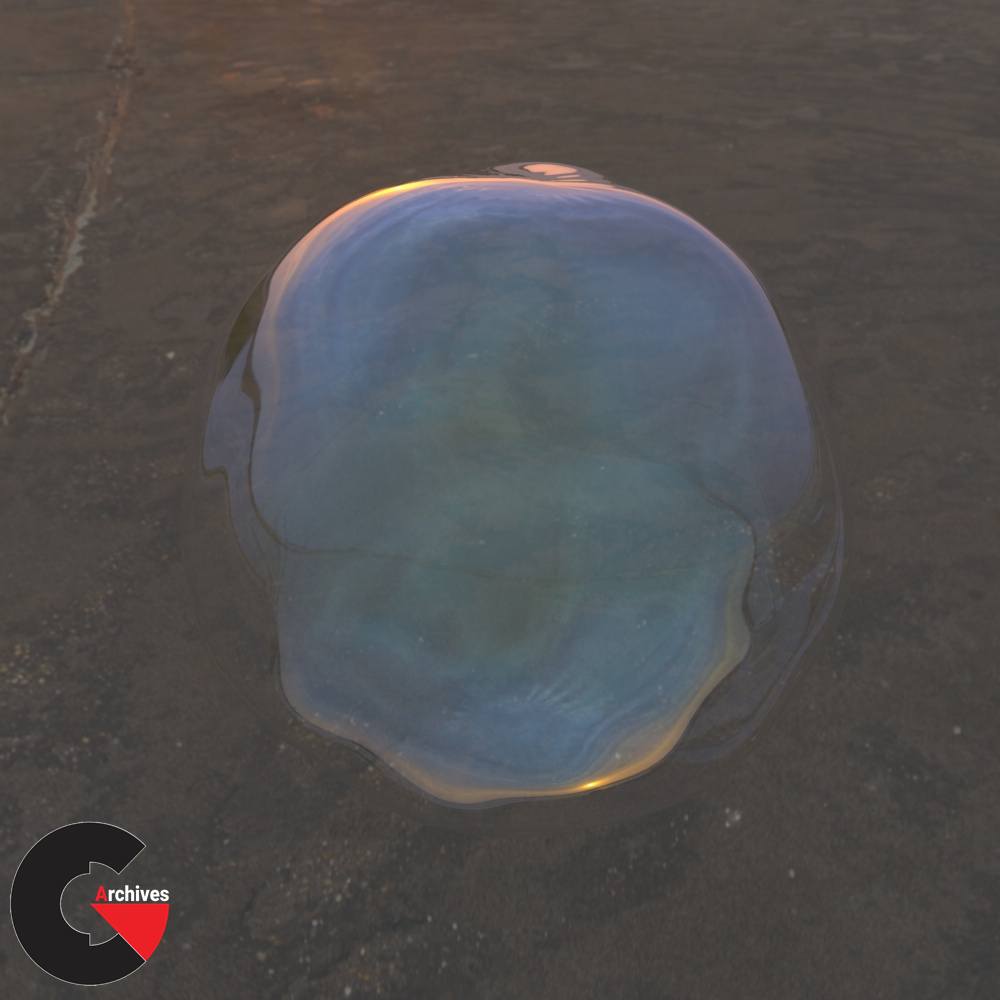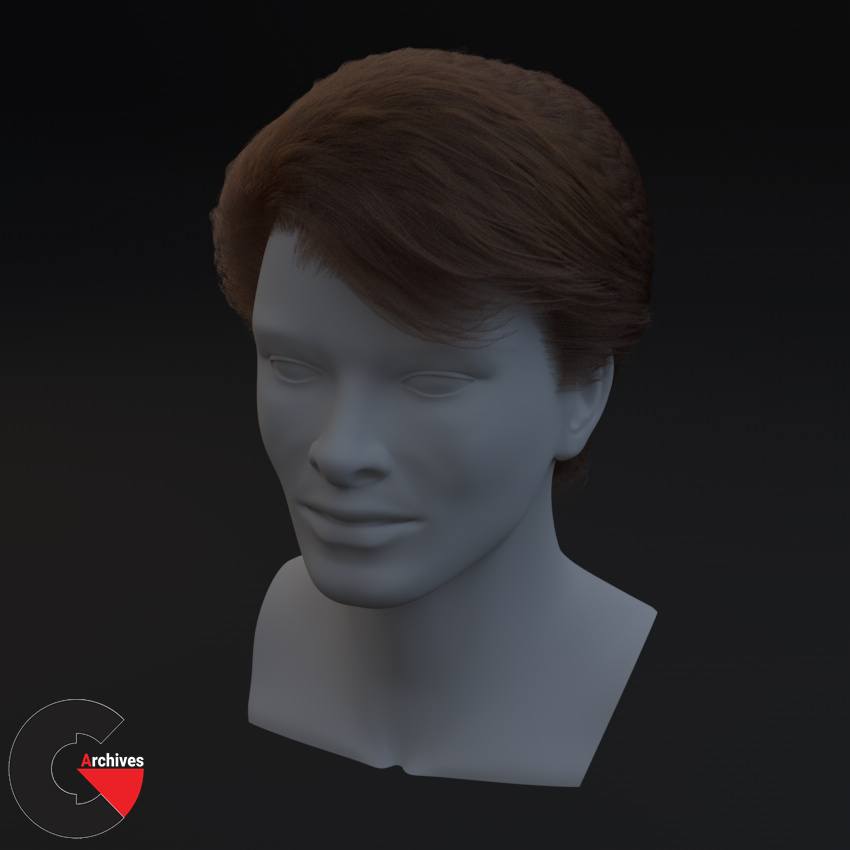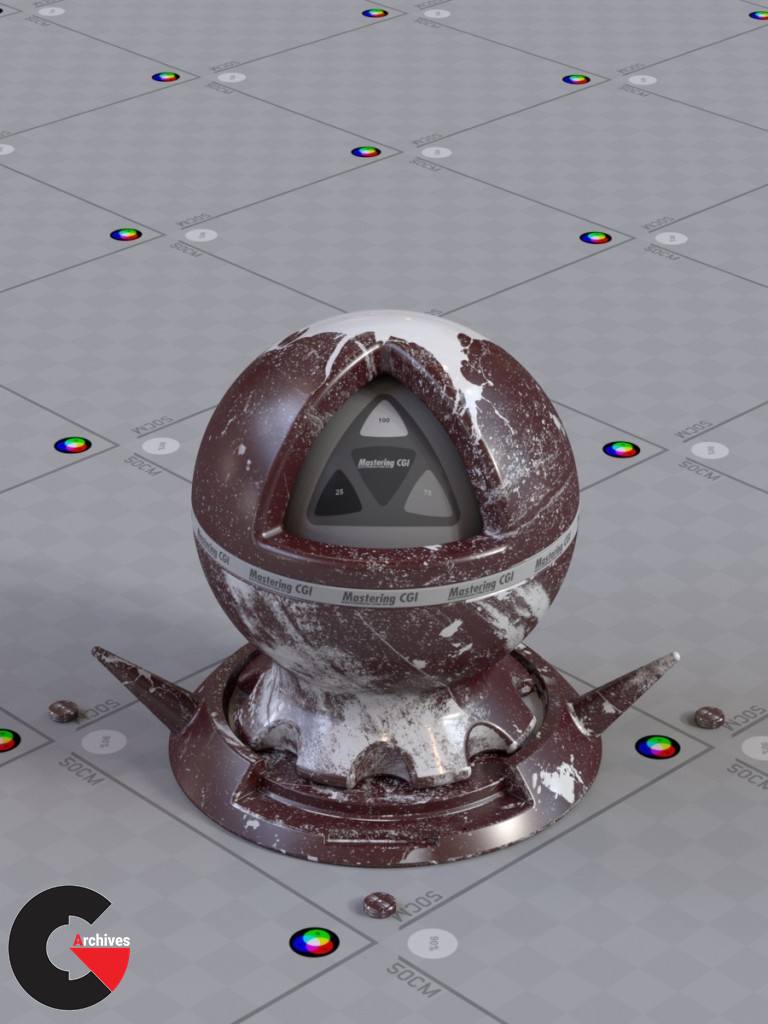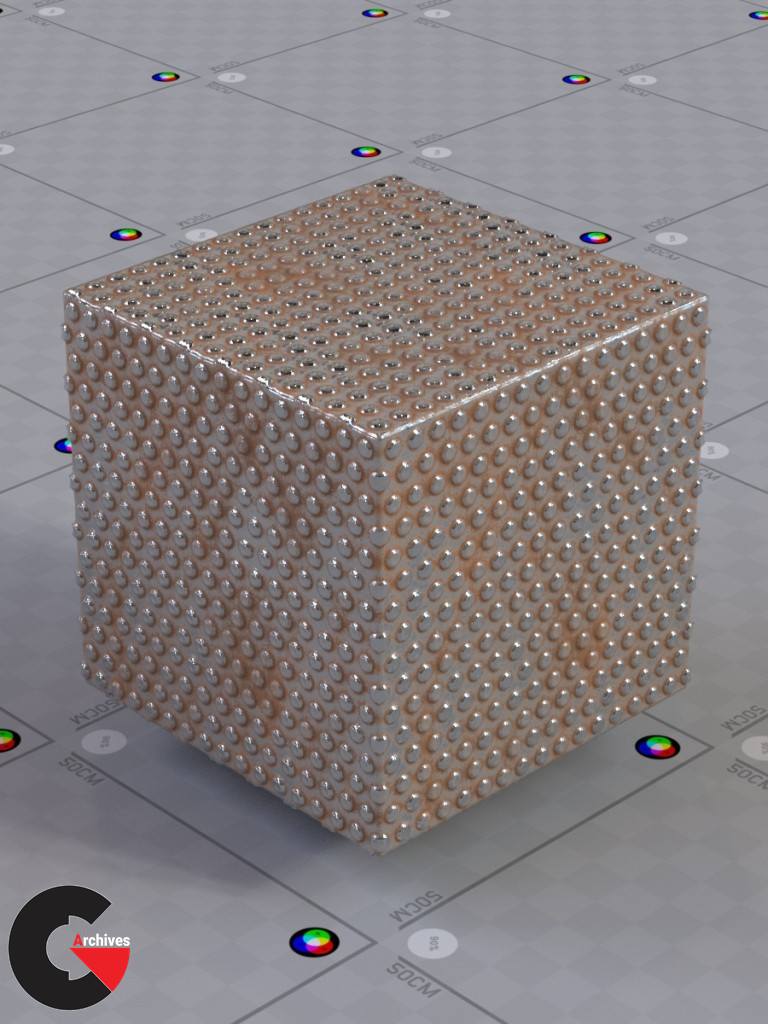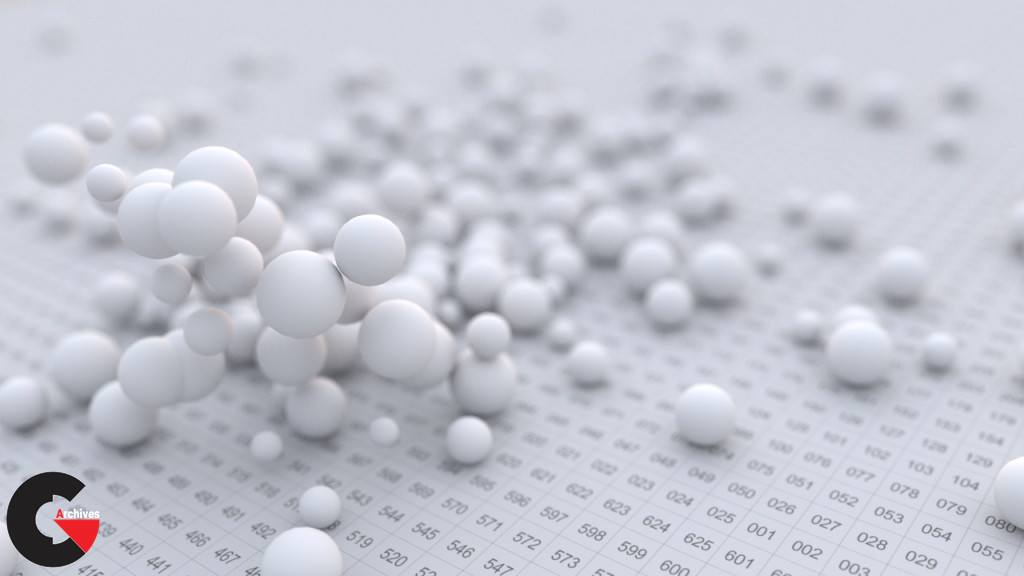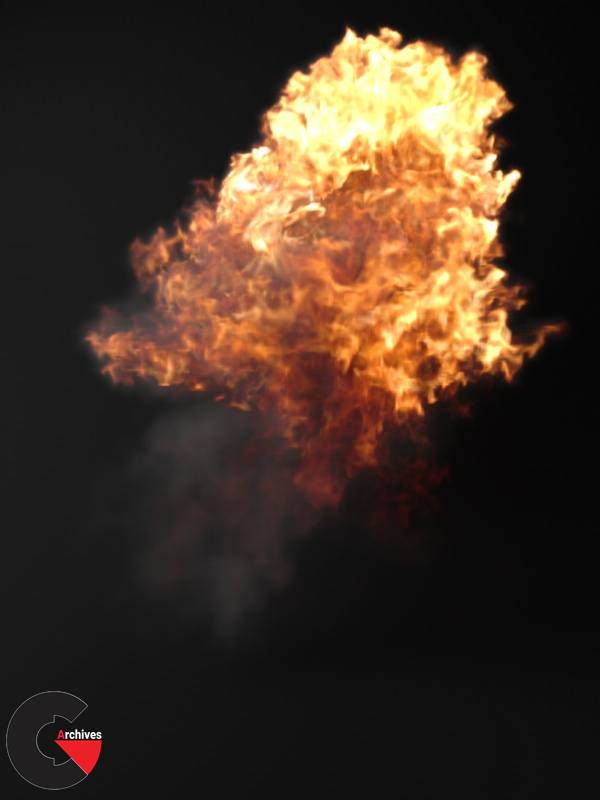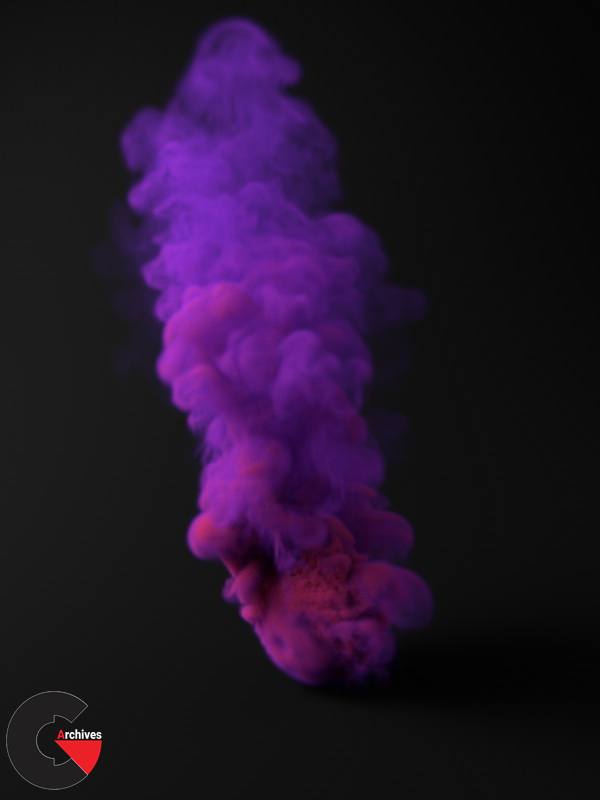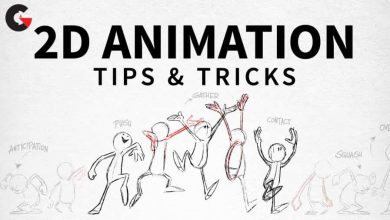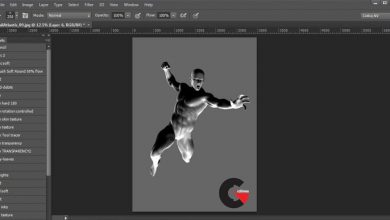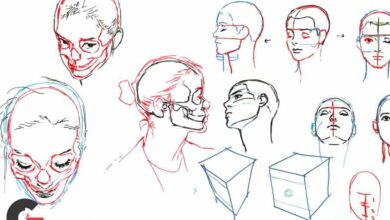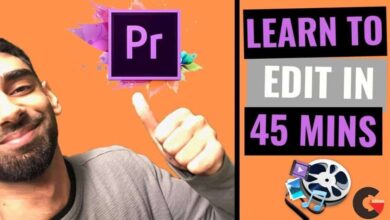The Ultimate Introduction to Arnold 5 for Cinema 4d
The Ultimate Introduction to Arnold 5 for Cinema 4d
The Ultimate Introduction to Arnold 5 for Cinema 4d : In this series of premium video tutorials in more than 10 hours, that’s more than 600 minutes of video tutorials, we learn how to use Arnold 5 for Cinema 4d.
In this series of premium video tutorials in more than 10 hours, that’s more than 600 minutes of video tutorials, we learn how to use Arnold 5 for Cinema 4d.
we have released our “Introduction to Arnold for Cinema 4d” about two years ago, and have been updating that course ever since, but after the release of Arnold 5 and all the new features and improvements that it brings, we decided to record a whole new course dedicated to Arnold 5.
First I show you where to find different Arnold tools and functions inside cinema 4d, and walk you through the general workflow to get your job down with Arnold inside Cinema 4d.
Sampling and ray depth are the most important principles that you should be familiar with when working with Arnold, that’s why we discuss them comprehensively in 46 minutes and in 7 lessons , we make sure you comprehend the core principles before moving on to more general topics like lighting and shading .
The next section of the course is dedicated to lighting, we learn about different lights in Arnold and different lighting techniques, we learn about Area Lights . spot , distant and point lights , mesh and photometric lights .
We learn what are light filters and how to use them , what is physical sky and image based lighting , you learn how to approach interior lighting in Arnold for cinema 4d.
We learn about amazing volumetric effects in Arnold, including Atmosphere Volume and fog.
In the next section of the Ultimate introduction to Arnold For cinema 4d, we start talking about Arnold shaders and nodes.
First we get to know the Arnold shader Network in depth, the environment where you develop your shaders and materials.
than we learn about the new Standard Surface shader which was introduced in Arnold 5 and is the main shader in Arnold and capable of creating all sorts of materials, we dedicated 9 videos in two hours to discuss Standard Surface shader thoroughly.
Not only you learn the fundamentals of this shader but also how to create some realistic shaders and materials with it.
Then we discover bump and displacement mapping in Arnold. We explore the new Standard Hair shader in a lot of details, this material lets you realistically create hair shaders, the Standard Hair is fantastic, and definitely one of the best hair shaders out there, it is extremely easy to use and produces the most realistic results.
Then we learn about Layer and mix, Flat, lambert, two-sided, color jitter, triplanar, RaySwitch, Ambient occlusion, curvature, shadow matte, utility, substance shader, color and utility nodes, math, conversion and shading state nodes and much more …
hopefully after watching this section, you should be very comfortable developing complex shaders using these long list of shaders and nodes .
Then we see what Arnold has to offer when the time comes to cameras , we learn about different camera features and different camera types , we explore how to achieve effects like depth of field and motion blur .
In the section 6 of the course we learn how to render our scenes in Arnold for cinema 4d, first we discover the powerful IPR or Interactive Preview render which gives a real-time feedback of the changes you make in the scene. Than we take a look at Arnold Driver and how to export still frames and animations with Arnold.
Than we dive deep into the subject of AOVs. What are the AOVs that Arnold offers and how to export and composite them in a composting app like After Effects. Then we talk about custom AOVs and how to write them out.
next we take a look at per-light AOVs and light groups and how to relight our scene easily and effectively after the render.
After that we discover different render settings in Arnold and take a look at texture settings and tx manager in Arnold.
In the final section of the course we take a closer look at Arnold Parameters tag, Arnold procedurals and how to deal with particles.
and finally we learn about Arnold volume , we learn how capable Arnold is in handling openVDB files and rendering them realistically , we show you all the steps you need to render openVDB files in Arnold and how to render amazing realistic fire, smoke and explosion in Cinema 4d thanks to the new Standard Volume shader in Arnold 5 .
we plan to keep this course alive and update the course with more video tutorials as soon as there is a new update from Solid Angle for Arnold for cinema 4d.
Watch the Introduction video :
lB6MwSwNNIYYHz66UqInBRH/1202
Direct download links 6.5 GB Female Figure Sculpting :
Direct download link reserved for subscribers only This VIP
Dear user to download files, please subscribe to the VIP member
- To activate your special membership site, just go to this link and register and activate your own membership . >>>register and activate<<<
- You can subscribe to this link and take advantage of the many benefits of membership.
- Direct downloads links
- No ads No waiting
- Download without any limitation ، all content in website
CGArchives Is The Best
Review
Review
Review this tutorial

